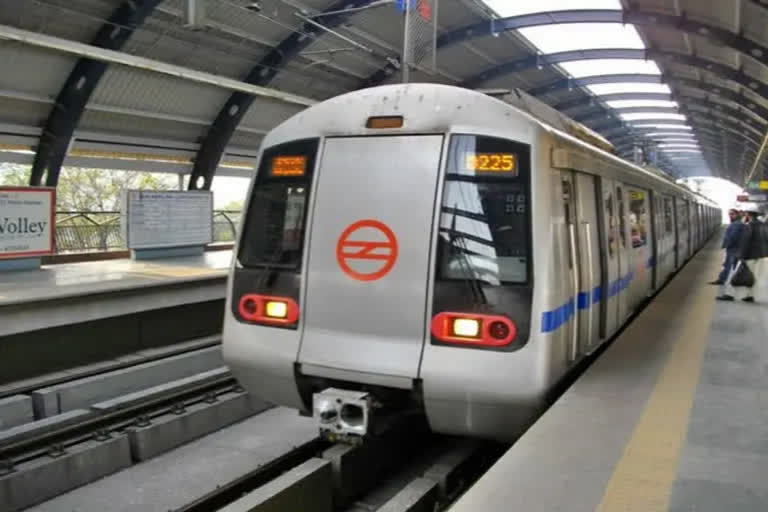New Delhi:It has been 20 years of the Delhi Metro, 20 years of a public transport system that has been the great class leveller and transformed the way Delhiites work, party and manage their hectic lives in a city that stretches across three states. As 2022 winds down, it's also time to track the past, present and future of a lifeline that connects far corners of the sprawling National Capital Region (NCR) comprising Delhi, of course, and also its thriving suburbs Gurgaon and Noida, as well as industrial cities Ghaziabad and Faridabad.
It started in December 2002 with a corridor of just 8.2 km spanning six stations on the Red Line and has now grown to over 390 km. The network span comprises 286 stations (including the Noida Greater Noida Metro Corridor and Gurgaon's Rapid Metro). The multi-hued network now with lines in yellow, blue, green, grey and in multiple shades of pink, including magenta and violet transformed the landscape of the city and boosted its transport infrastructure.
In 2023, the Delhi Metro Rail Corporation's focus will be on its Phase-IV project, with some sections of two of the three priority corridors expected to be opened in the latter half of the year. As it looks ahead, several Delhiites look back at the years of the public transport as bringing in an element of safety in a city notorious for being unsafe for women and bridging divides with even the richest known to hop on to a train to navigate traffic and distances.
It has opened up avenues for work, enabling women whose families were reluctant to let them travel by buses, to join the workforce and given others the option of travelling late at night. The airconditioned metros have also opened up distant corners of the city for commuters. Simran Sharma, in her late 20s, for instance, travels for work between Krishna Nagar in east Delhi and Noida, said Delhi Metro has made travel safer for women and has been a boon for those who may not have ventured out much earlier.
"Every train has a coach reserved for women, and there are some seats marked for women, as also for the elderly riders in other coaches, which is very good. Many more women are travelling because of the metro," she told PTI. At present, the DMRC is undertaking construction work on 65.2 km of the three priority corridors, spanning 45 stations -- Janakpuri West-RK Ashram Marg (28.92 km), Majlis Park-Maujpur (12.55 km), which are extensions of the already operational Magenta Line and Pink Line respectively, and the Tughalakabad-Aerocity (23.62 km) that is being built as a Silver Line and will connect the operational Violet Line and Airport Line.
Work on Phase-IV had begun in December 2019 with a groundbreaking ceremony, but was hit after the Covid outbreak in March 2020. After struggling with the impact of the pandemic and the lockdown its had induced, resulting in revenue losses, the urban transporter is now seeking to recover lost ground while forging a future of transport that is more seamless, comfortable and tech-driven with a focus on indigenisation.
